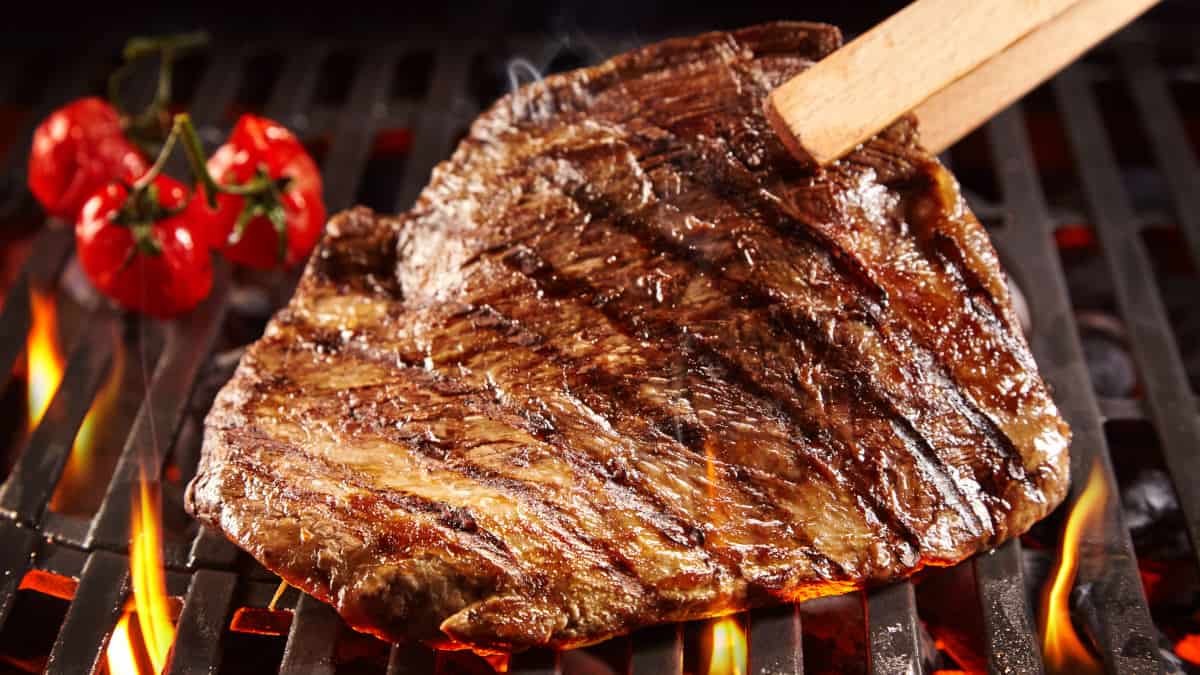The Science of Searing
Searing meat is a culinary technique that involves cooking the surface of the food at high temperatures until a browned, caramelized crust forms. This process not only locks in the juices but also enhances the overall flavor profile of the dish through the Maillard reaction. The Maillard reaction is a chemical process that occurs between amino acids and reducing sugars, giving the food its distinctive flavor and appealing color. It's an essential technique in cooking that can elevate the taste of your meat dishes, whether you're preparing a steak, chicken, or even seafood.
Steps to Perfect Searing
- Start with a hot pan: Preheat your pan over medium-high heat. A hot pan is crucial for achieving a proper sear. If the pan isn't hot enough, the meat will begin to cook through before a crust can form, leading to uneven results.
- Pat the meat dry: Before placing the meat in the pan, make sure it's thoroughly dried with paper towels. Moisture on the surface of the meat can create steam, which interferes with the browning process and can prevent the formation of a crisp crust.
- Season the meat: Season your meat generously with salt and pepper just before cooking. Salt draws out moisture, so seasoning too early can result in a less effective sear. Freshly cracked pepper adds a layer of flavor that complements the searing process.
- Place the meat in the pan: Carefully place the meat in the pan, ensuring there's enough space between each piece. Overcrowding the pan can lower the temperature, which prevents proper searing and causes the meat to steam rather than sear.
- Let the meat sear undisturbed: Once the meat is in the pan, resist the urge to move it. Let it sear for a few minutes without touching it. This allows a crust to develop, which will release the meat naturally from the pan when it's ready to be flipped.
Common Mistakes to Avoid
Achieving the perfect sear can be challenging if certain mistakes are made. Here are a few common pitfalls:
- Overcrowding the pan: When the pan is overcrowded, the temperature drops, and the meat will steam instead of searing. Always ensure there is enough space between pieces of meat to maintain a high temperature.
- Using too much oil: While some oil is necessary to prevent sticking, using too much can create a barrier that prevents the meat from making direct contact with the pan, resulting in a less effective sear.
- Flipping too early: Moving the meat too soon can disrupt the searing process and cause the crust to tear. Patience is key—wait until the meat naturally releases from the pan before flipping.
- Not preheating the pan: A cold or inadequately heated pan won't sear the meat properly. Always ensure the pan is sufficiently hot before adding the meat.

